Cute Little Tarsiers
Tarsiers look super cute but they’re incredibly dangerous. Their bites alone can cause anaphylactic shock. Don’t let their size fool you, it’s their incredible hearing that makes them a danger to prey.
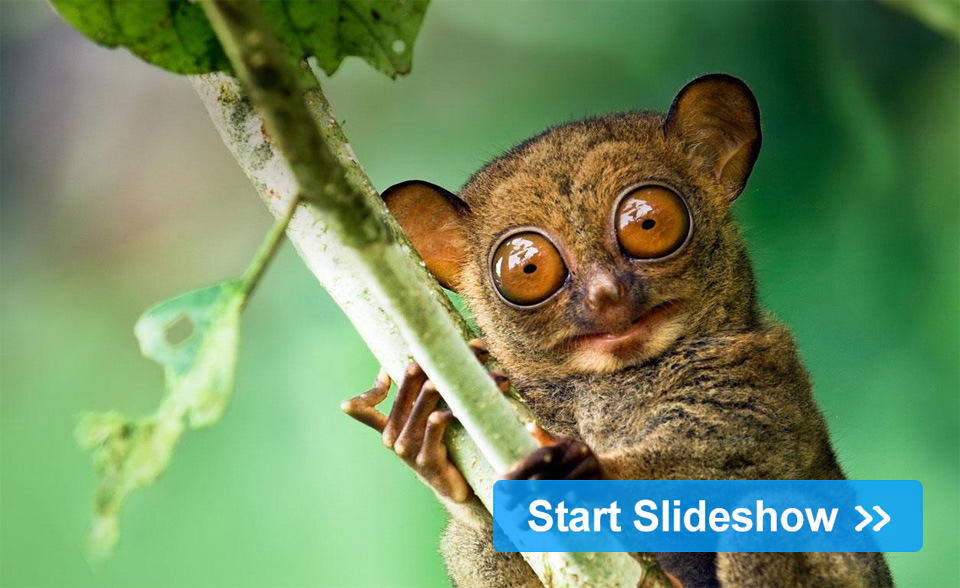
Tarsiers
Floating Terror
The Portuguese Man of War is not actually a jellyfish but a siphonphore. It will sting you, leaving large welts and almost whip-like marks on the skin. Apart from the reported searing pain, sometimes the venom will make its way to lymph nodes, causing cold-like symptoms.
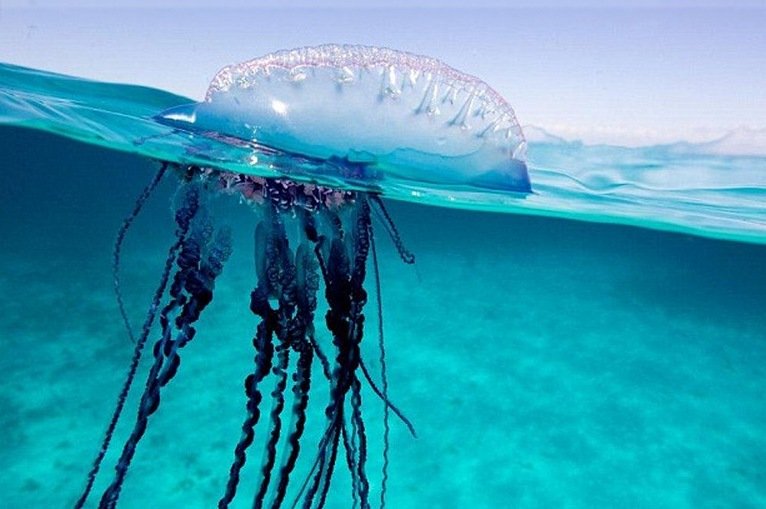
Portuguese Man Of War
Here Comes Trouble
The Great White shark doesn’t necessarily want to eat humans, but are happy to have a taste. Known for the largest percentage of attacks on people, they are formidable creatures with females sometimes weighing in at over 4000 lbs.
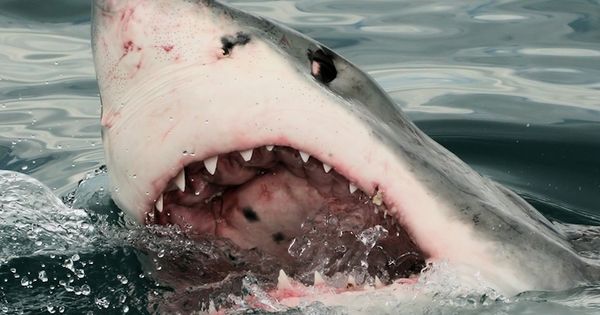
Great White Shark
Buffalo with an Axe to Grind
Cape Buffalo are known for their stealth and intelligence. They will kill humans, lions, and other game – sometimes remembering an animal or human they encountered years before. At times weighing in at more than a ton, they’re a deadly opponent.
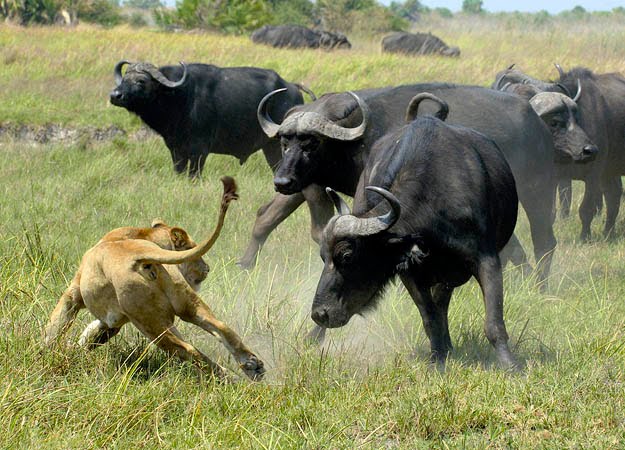
Cape Buffalo
No Teddy Bear
Polar bears are more likely than other bears to attack people. Surviving on a very meaty diet, they can weigh close to 2000 lbs. On the up side, unless you live in the Arctic, you’re unlikely to meet one.

Polar Bear
Not So Gentle Giant
Gorillas are best treated with caution. Although generally gentle and leaf-munching, gorillas will attack and cause serious injury if they feel threatened. An adult male can reach up to a weight of 400 lbs!
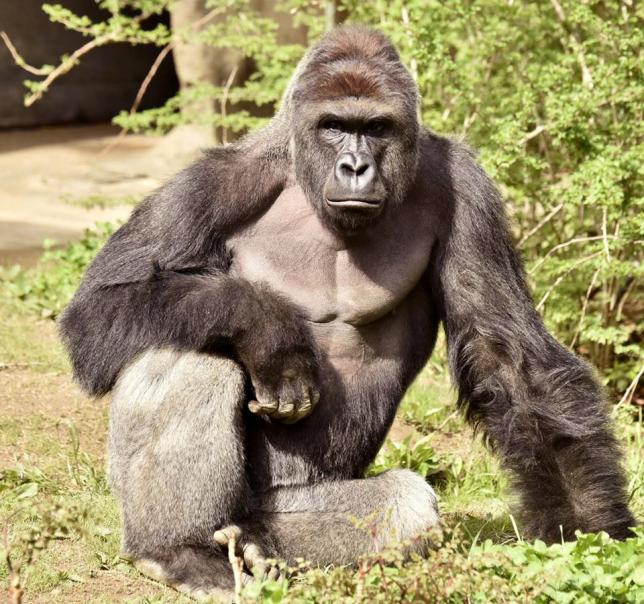
Gorilla
Tse Tse Fly Away
The Tse Tse fly is known for its bite as it needs the blood of a vertebrate to survive. They won’t help you burn fat, but they will give you a nasty disease. They are a major cause of transmission of various ailments and diseases, among them sleeping sickness.
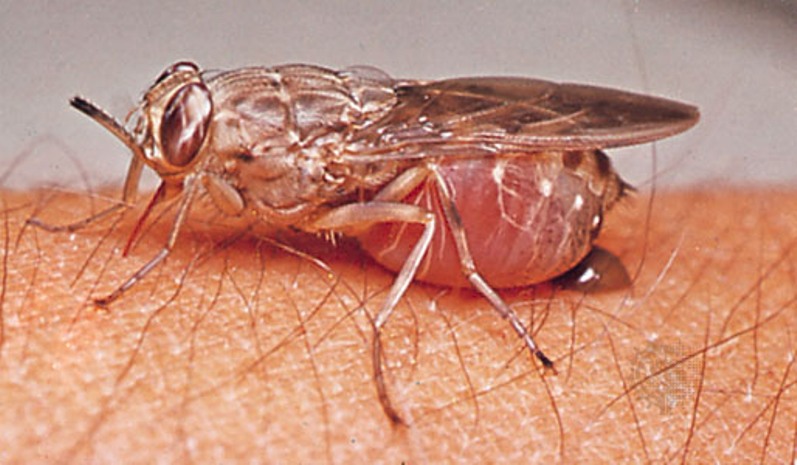
TseTse
Dragons Do Exist
This imposing lizard will eat just about anything, including humans. The Komodo dragon will take their time with a kill and wait until the victim has bled to death. They can weigh up to 150lbs and are unchallenged as the largest lizards in the world!
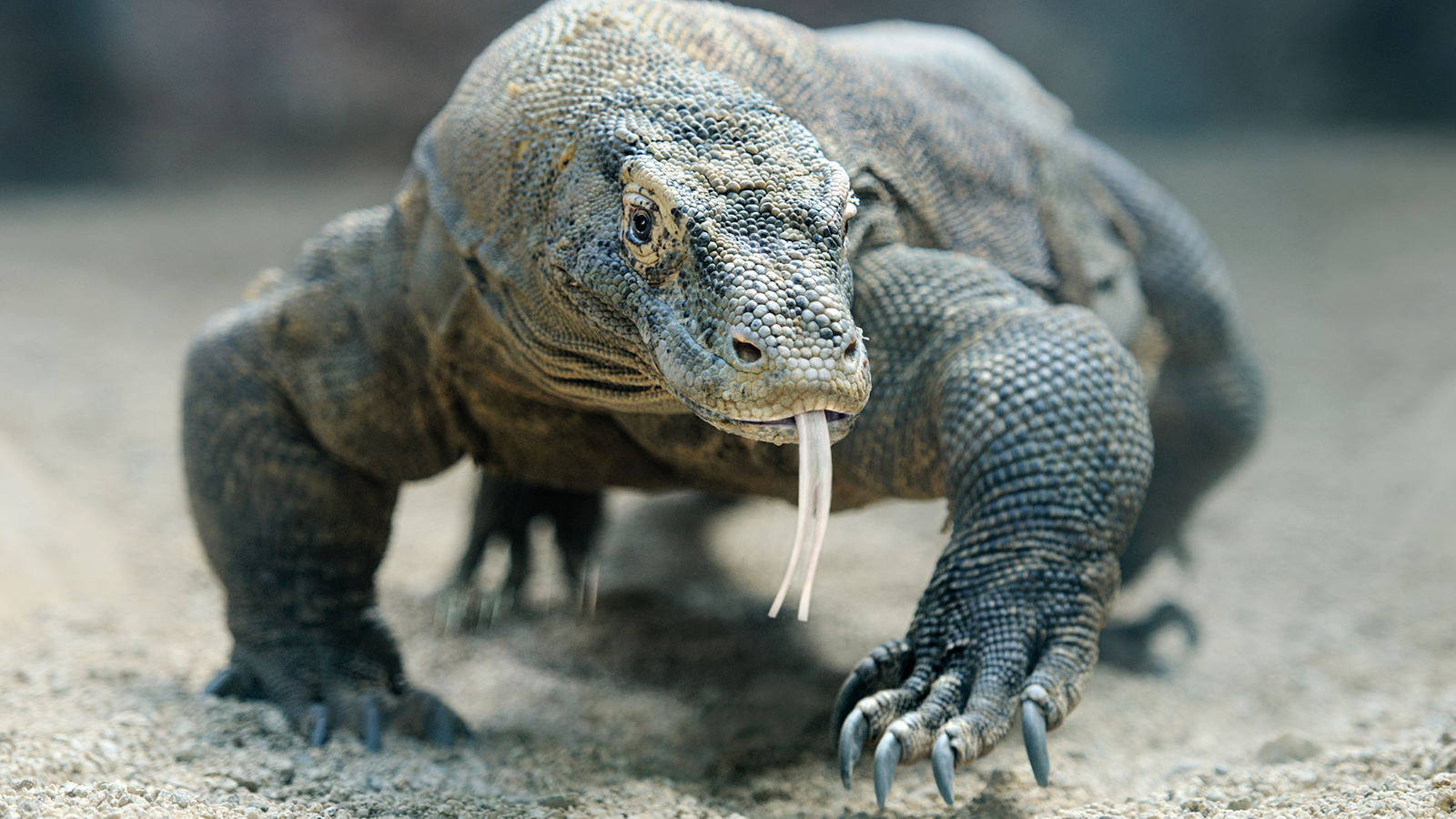
Komodo Dragon
Natural Born Killer Bees
The Africanized Honey Bee is a hybrid of various African and European bee species. Frankenstein-style, tens of swarms of the new ‘Killer Bee’ escaped captivity and spread throughout the Americas. This tiny creature has been known to chase and kill humans and horses.
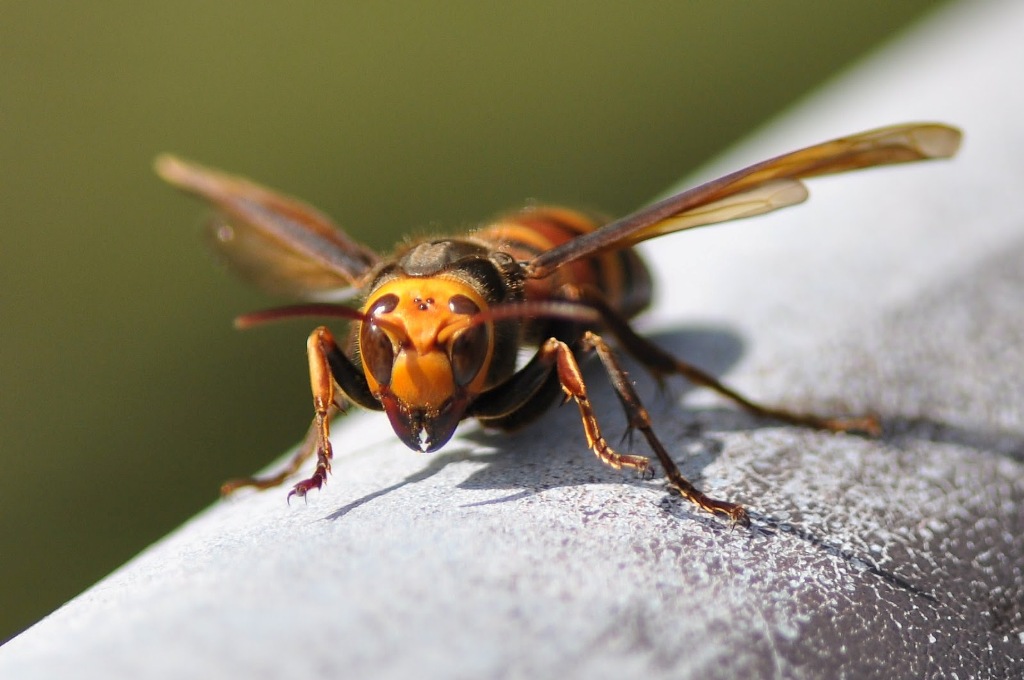
Africanized Honey Bee
Not the Ideal Mate
‘Widow spiders’ have a tendency to eat their mates. Moreover, their venomous bite contains latrotoxin; the illness which then infects the victim is painful and sometimes even fatal. If you want to grow old enough to need a face lift – stay away from Black Widows.
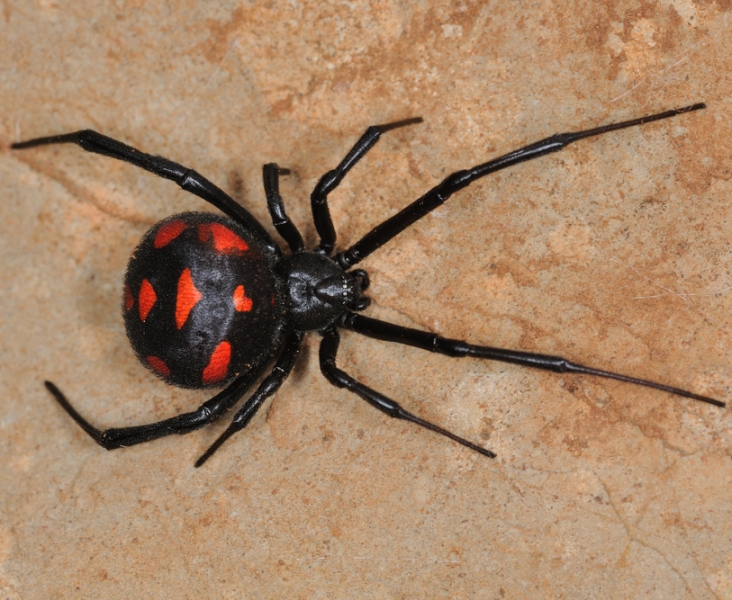
Black Widow Spider
This Scorpion Means Business
The Deathstalker Scorpion is rarely dangerous to adults, but its bite has enough venom in it to endanger the lives of children and the elderly. Packed full of neurotoxins, the poison will send some victims into anaphylactic shock.

Deathstalker Scorpion
Mosquito Blues
Mosquitoes do a lot more than ruin the summer, each year they are responsible for about ¾ of a million deaths worldwide. Spreading terrible diseases like malaria and yellow fever – they are a deadly nuisance.
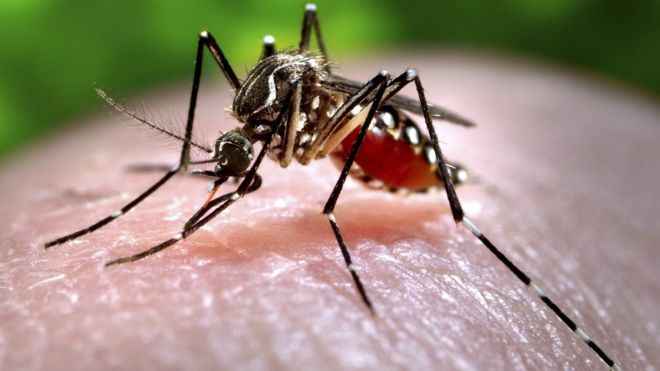
Mosquitoes
Let Sleeping Dogs Lie
In places like India some 20,000 people have been known to die in a single year from a dog bite, whereas in Europe or America it might only be a few. Dogs are ‘man’s best friend’, but they also carry some frightening diseases, rabies being the most famous and most lethal.

Dog
Crocodiles Bite
Despite its name, the Saltwater crocodile can live happily in salty or fresh water. Often reaching a size of over 20 feet and sometimes weighing more than a ton – its bite is so powerful, some say it’s like being bitten by a Tyrannosaurus Rex!

Saltwater Croc
Golden Poison Dart Frog: Not So Pretty
With the tiniest amount of poison (about 2 micrograms) this little frog can make another animal’s heart stop. Although you might be tempted to touch these beautiful, multi-colored little creatures – don’t! The poison isn’t hidden – but waiting for unsuspecting victims on the frog’s skin…
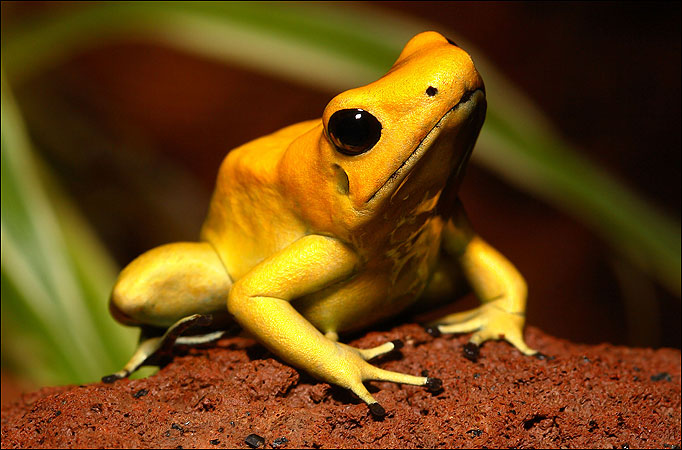
Golden Poison
Cone Snails: Definitely Not Escargot
These little creatures may look sweet and even attractive, but they are part of a family of predatory sea snails. No current anti-venom exists for these critters – whose venom can cause complete paralysis. Inhabiting warm and tropical seas worldwide, everyone should beware.
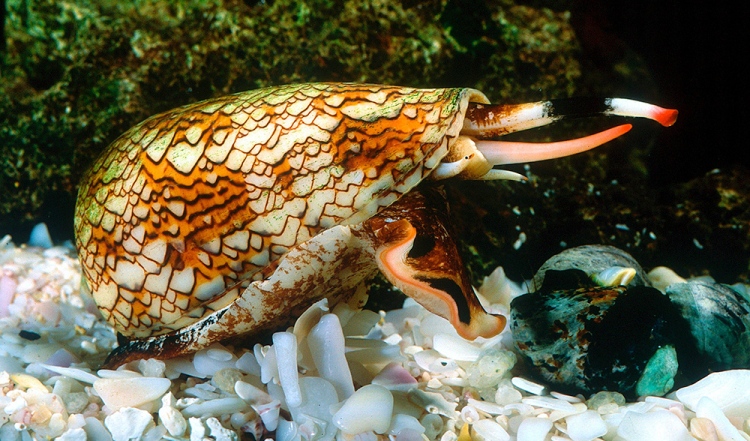
CONE SNAIL
Mamba Not Samba
Despite its funky name – the Black Mamba snake is no joke. Sometimes growing to a length of 14 feet, the black mamba is huge. Quick on his belly (slithering over 12 miles an hour) this snake is also the speediest in the world. If you asked a Black Mamba ‘How do you burn fat?’ – he would say ‘by chasing breakfast, lunch and dinner’. Although there is an antivenin, steer clear – as each snake contains enough venom to kill a dozen people.
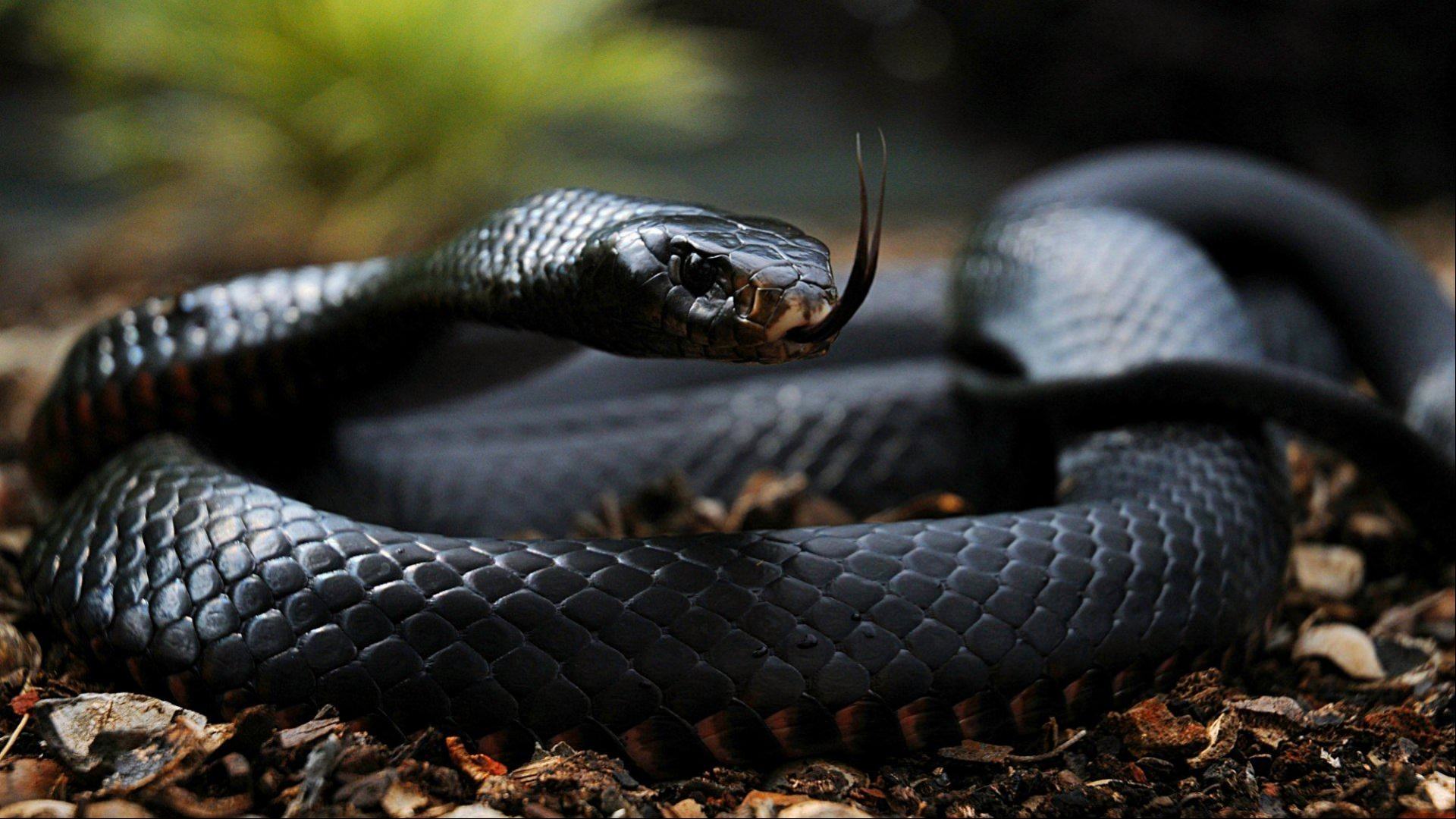
Black Mamba
Beware of Blowfish
Although they work well as cartoons, don’t be deceived – Blowfish are among the most poisonous vertebrates in the world. With a poison (tetrodotoxin) which is more powerful than cyanide, they have few predators. Unbelievably it is possible to eat them in places like Japan and China, where specially trained chefs apparently know which bits are safe!
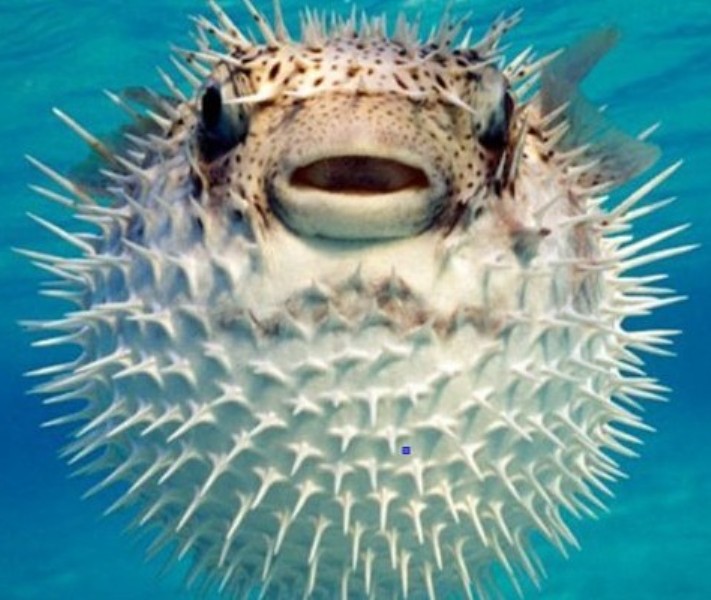
Blowfish
Little Shop of Horrors
Living the longest out of any octopus species, the Giant Pacific octopus is like something from ‘A Little Shop of Horrors’. With often up to 600 lbs of body weight, he is a formidable predator. With sucker-covered legs he catches his prey – but then feeds through his gigantic mouth which contains radula or a ‘toothed-tongue’. Scary!
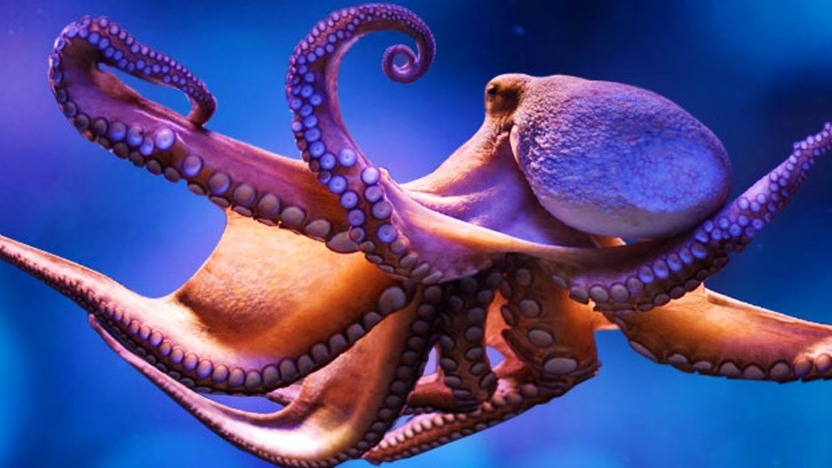
Giant Pacific Octopus
A Real Assassin
Euphemistically called the ‘kissing bug’, the Assassin bug loves to bite people on the face, near the mouth. The ensuing parasitic infection can be fatal; approximately 12,000 people a year die from an Assassin bite.
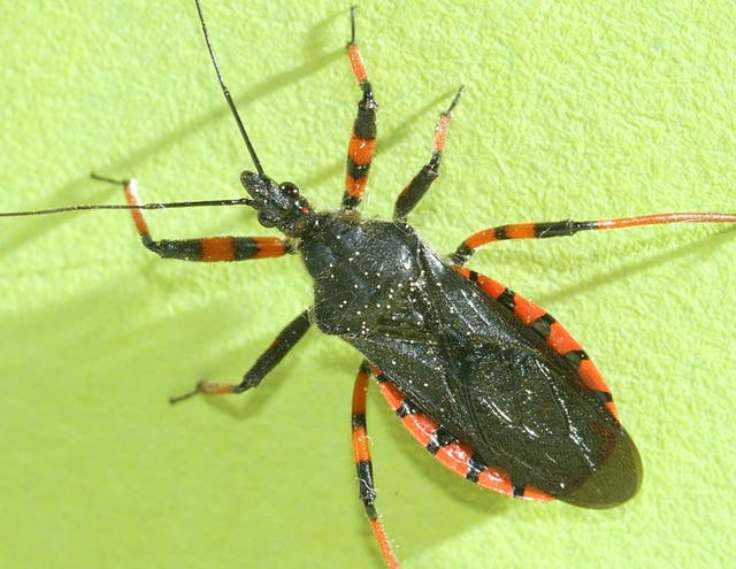
Assassin
Not So Cute and Cuddly
The second largest seal in the Antarctic, the Leopard seal is a serious predator. Despite looking sweet and furry, this seal sports long, sharp teeth, and is one of the most dangerous marine animals around.
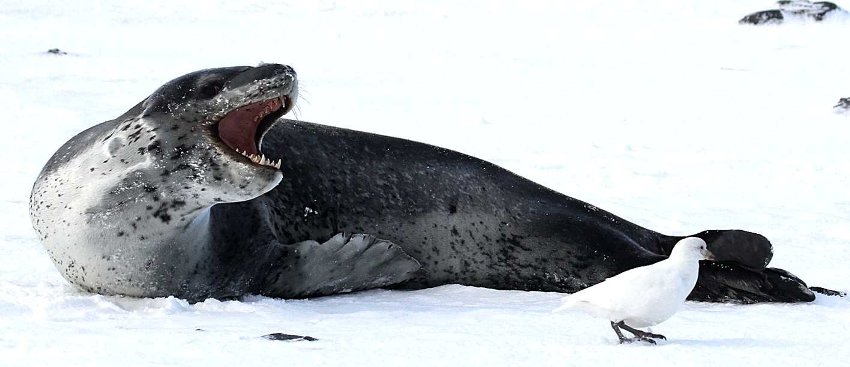
Leopard Seal
Vampires are Real
Well with a name like that, expect the worst. The Vampire bat is essentially everyone’s worst nightmare; they will aggressively pursue any means to bite and have a tall drink of blood. Apart from the obvious drawbacks of being bitten by a bat – they often spread infection to their victims – charming.
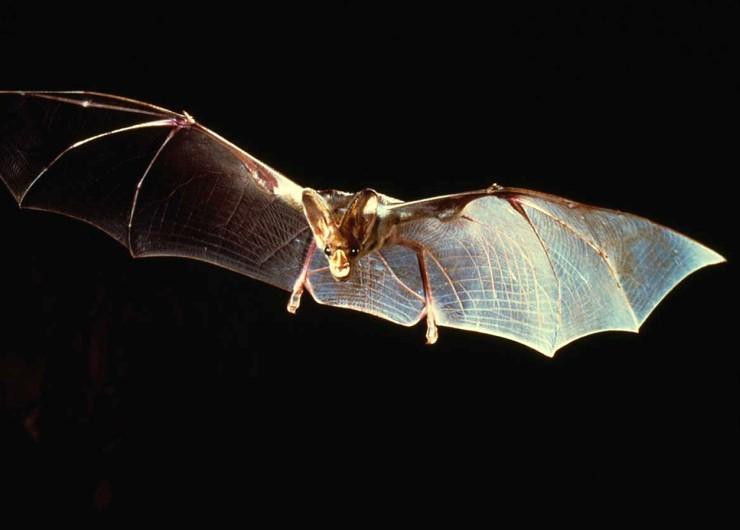
Vampire Bat
Lion King
Think of the movie ‘Lion King’ and you aren’t far off. Just imagine the enormous power of these large cats, who at times weigh up to 400 lbs. Females hunt while the males protect territory and the safety of the ‘pride’. How do you burn fat? Try escaping from an African lion…

Lion
No Wall Flower
Although handsome and somewhat colorful, any similarity to actual flowers stops there. These underwater, spiky, globular creatures aren’t flowers at all – but animals. Its Greek name Toxopneustes literally means ‘poison breath’, because the Flower Urchin inflicts stings which are severe and incredibly painful.
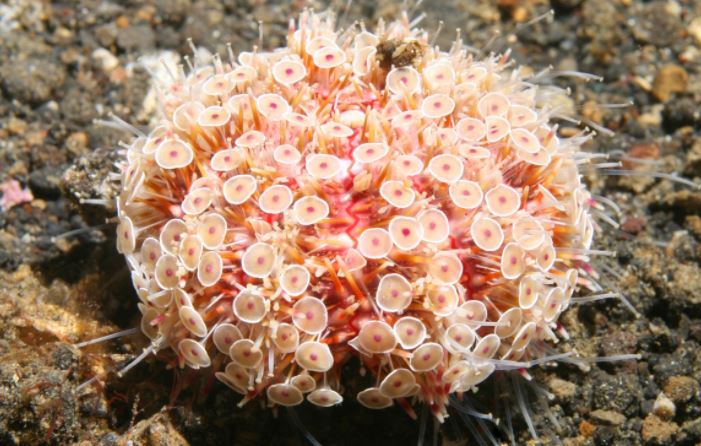
Flower Urchin
Stony-Faced
Living in and around coastal waters of the Indo-Pacific Oceans, most of the time you wouldn’t know these fish were there. Their rough, rock-like exterior is the perfect camouflage. Imagine never needing a face lift! But watch out – if they’re disturbed Stone fish will release their own special neurotoxin, for which you will need an anti-venom.
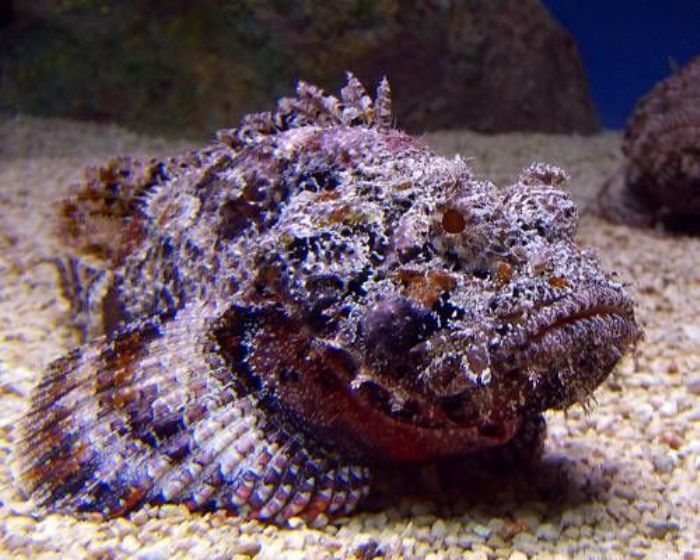
Stone Fish
Strangler Octopus
Found in the Indian and Pacific Oceans, the Blue-Ringed octopus is amongst the most venomous creatures in the deep blue sea. So if the blue-ringed octopus feels under attack, they will strike and essentially asphyxiate the victim with their venom – as it paralyzes respiratory muscles.
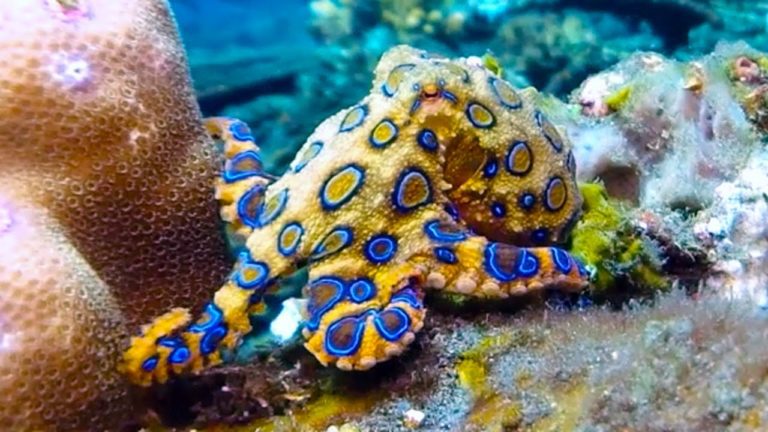
Blue Ringed Octopus
It’s a bird, it’s a plane, it’s a wasp…
This is no bird, but rather a wasp. Named after its favorite food, i.e. tarantulas, this plucky wasp apparently has one of the most painful stings around. The good news is, a Tarantula Hawk sting isn’t life threatening.
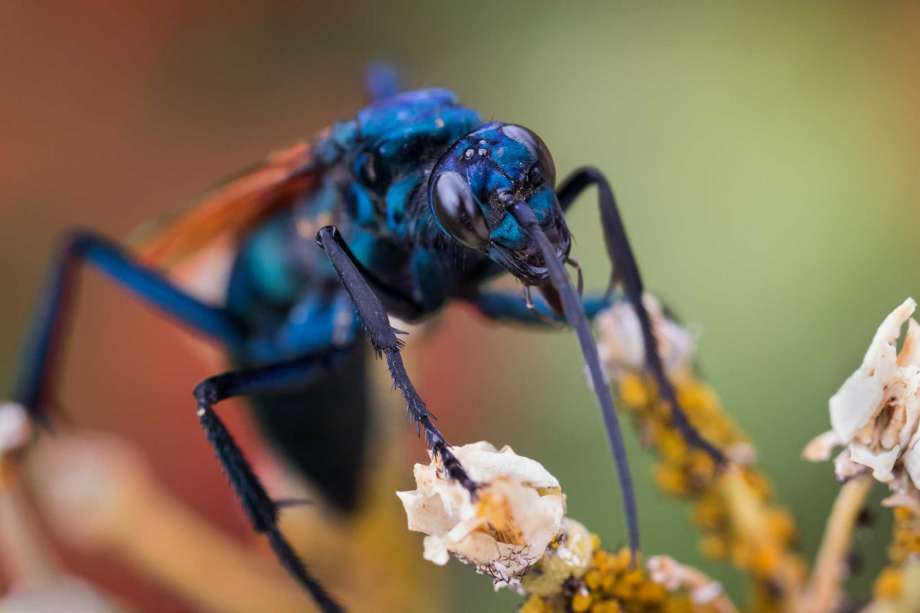
Tarantula Hawk
Hippo in my Tub
Although the word ‘hippo’ evokes images of kids songs and cute bedtimes stories, the hippopotamus is a very dangerous animal. Weighing at times over 3000 lbs, hippos are one of the largest land mammals to roam the earth. Although largely herbivorous, hippos have an incredible set of teeth and can be aggressive and territorial.

Hippo
Like Your Cat but Bigger
Inhabiting different parts of Eurasia, Canada and Western Europe, the lynx is in many ways similar to a typical house cat. They prefer solitude and will attack, scratch and bite if provoked. Accomplished hunters, they will feed on small rodents, but also foxes and animals as big as deer.
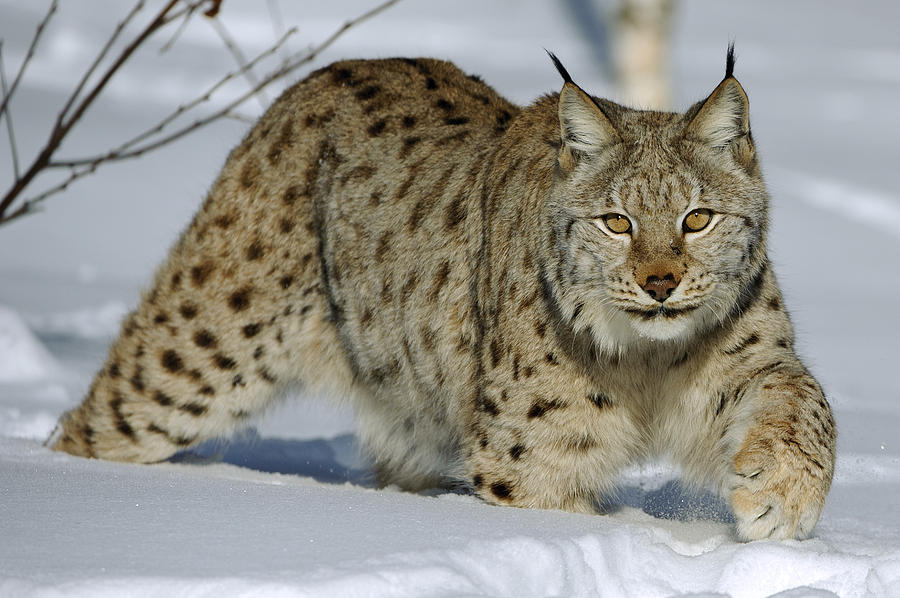
Lynx
Snake Royalty
He is the ‘king’: the longest venomous snake known to man. One bite from a King cobra is so dangerous it can kill someone within a half hour. Found in India and South-east Asia, the King Cobra’s venom attacks the central nervous system, causing a painful list of symptons (i.e. paralysis) before eventually bringing on death.
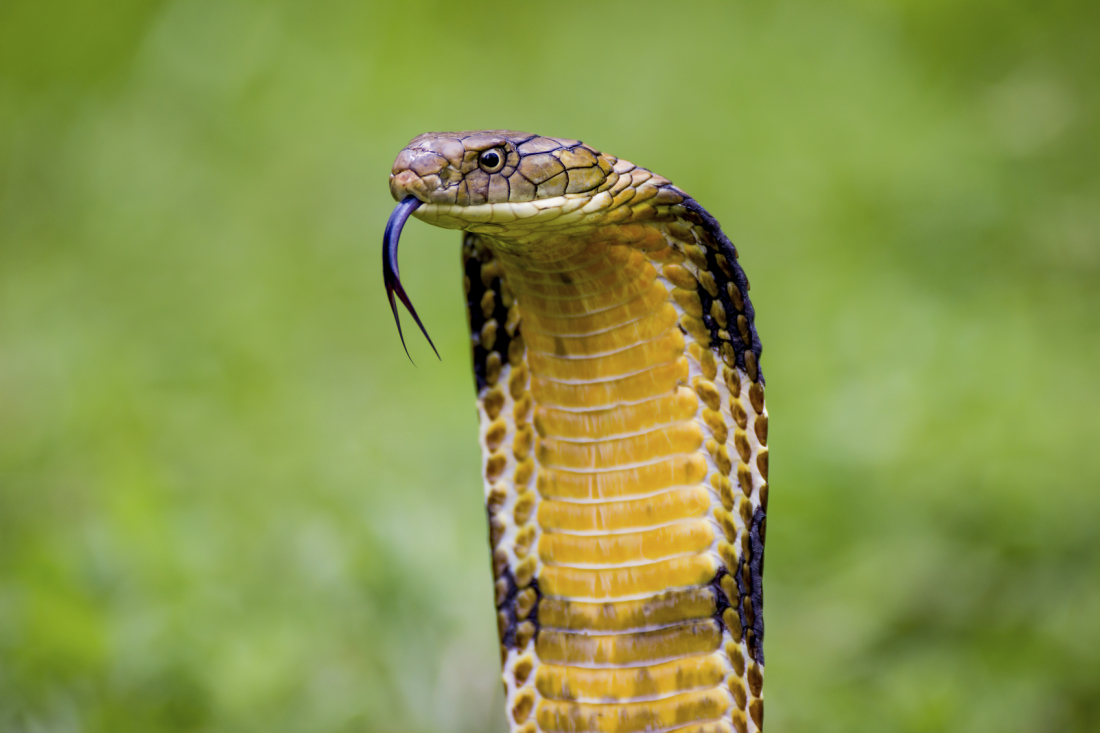
King Cobra
Poison Jelly
Nearly invisible, the Box jellyfish is the most toxic of all jellyfish. With poison-lined tentacles, this strange creature injects a powerful mix of toxins into its victims that attack skin, heart and nervous system cells. Despite there being an anti-venom, many people don’t survive being attacked, but rather go into shock and end up drowning.
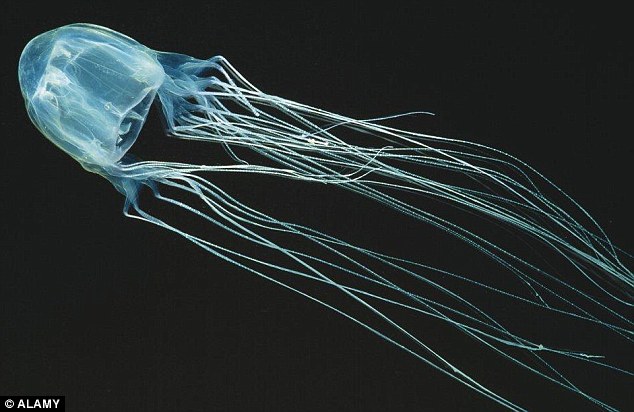
Box Jellyfish
A Good Pet?
Despite some bad press, hyenas are not stupid, and lead highly coordinated group hunts to catch their prey. Fast and strong, with jaws that can break bones. Not normally known to attack humans – in true scavenger style hyenas will pounce on someone they feel is weak, injured or sick. With all that said, some hyenas have become successful pets.
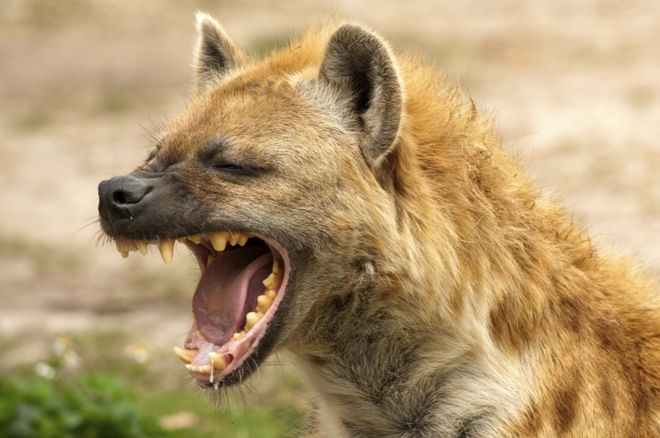
Hyena
Like a Bullet to the Heart
Like the searing pain of being shot – the sting from a Bullet ant will leave you writhing in agony, often for many hours. Known to inhabit hot tropical places like rainforests, some remote South American tribes have been known to use the ants in initiation ceremonies. The venom can attack the central nervous system.

Bullet Ant
Eurasian Hunter
The largest in the wolf family, this Eurasian/American canine can reach a weight of almost 100 lbs. Known for its skill in hunting large game, the Gray wolf will often hunt in packs. Although not known for going after humans, a Gray wolf attack would almost certainly prove to be fatal.

Gray Wolf
Ursus Horribilis
Lewis and Clark named it the ‘Grizzly bear’, other naturalists called it Ursus horribilis – both meaning essentially the same thing: this is a terrifying bear. Generally found in parts of North America, Scandinavia and Asia, Grizzlies live up to their name. More aggressive than other bears in the region (i.e. black bear) it is also one of the biggest and strongest.
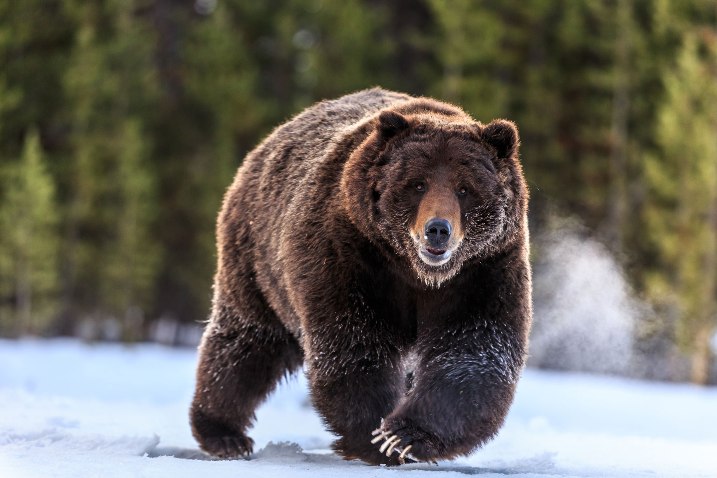
Grizzly
Pufferfish Say What?
Look, these inflatable fish are in reality one of THE most dangerous animals on the planet, but wait til you hear why. Pufferfish are extremely poisonous, when they inflate they release a poisonous chemical known as tetrodotoxin. Furthermore this chemical can quickly harm the nervous system and causes any communication or messages that are transmitted between the brain and the body to become blocked. Poison dart frogs come first, it’s the pufferfish that is the second most poisonous animal in the entire world.
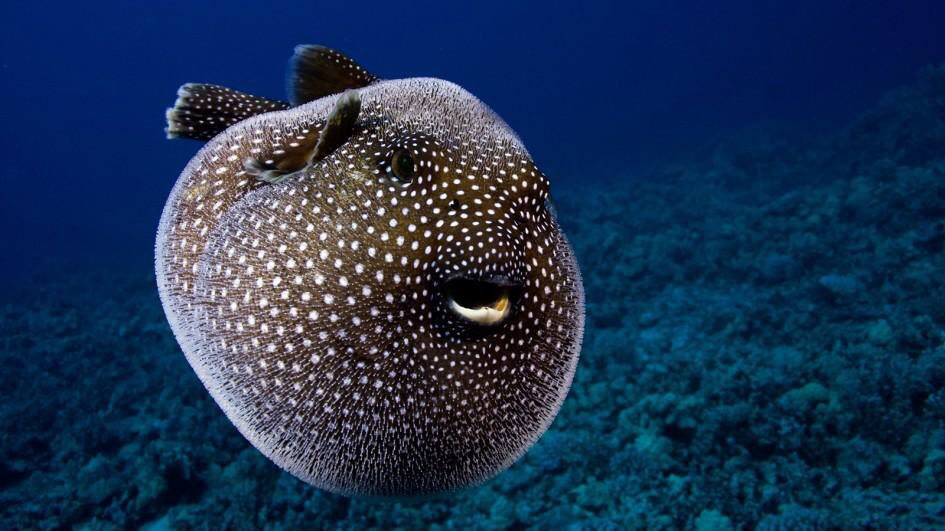
Pufferfish
SSSSSSSSidewinder
Oh great, another snake. Meet the sidewinder, or as it’s known by its scientific name, the Crotalus Cerastes. Belonging to the rattlesnakes family, you can typically find the sidewinder in desert areas. However if you should get bit by one, be extremely alarmed. While it may appear harmless and small, they pack a deadly bite.
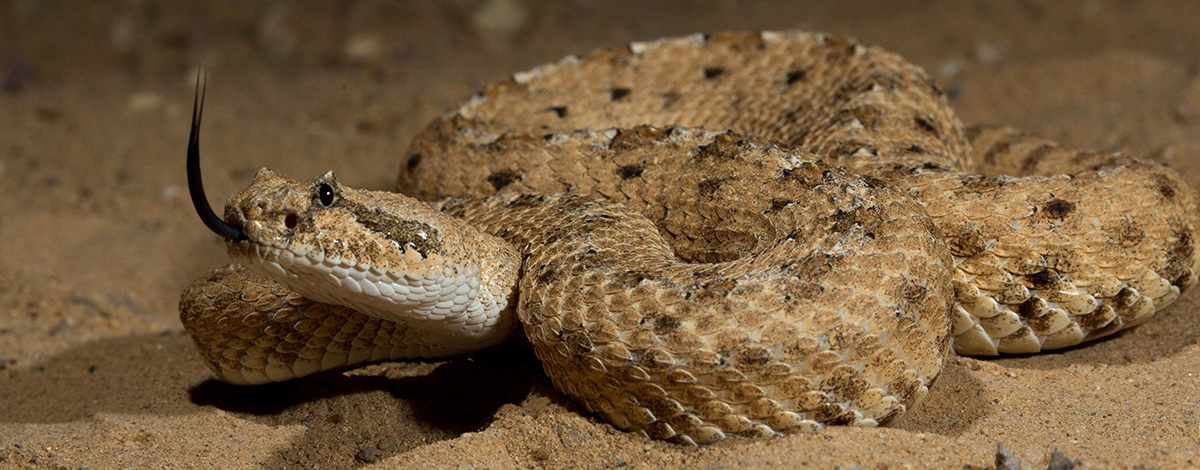
Sidewinder
Not An African Elephant
Well, if my mother saw this, her face would look like a face lift gone horribly wrong. Look, you need to forget ‘Dumbo’ because African elephants are known to be incredibly fierce and aggressive. As the largest land animal on Earth, their brains weight about 11 pounds alone, think about what then their body would weigh. GULP.

African Elephant
Hey, Spectacled Caimans
Part of the crocodilians group, the Spectacled Caimans is up next. Big jaws? Short legs? Long tails? Triple check. But let’s not forget that they have their eyes and nose on the top of their head which means they can breathe and see underwater. Oh, and then there’s their gigantic, sharp teeth so yeah just stay away.
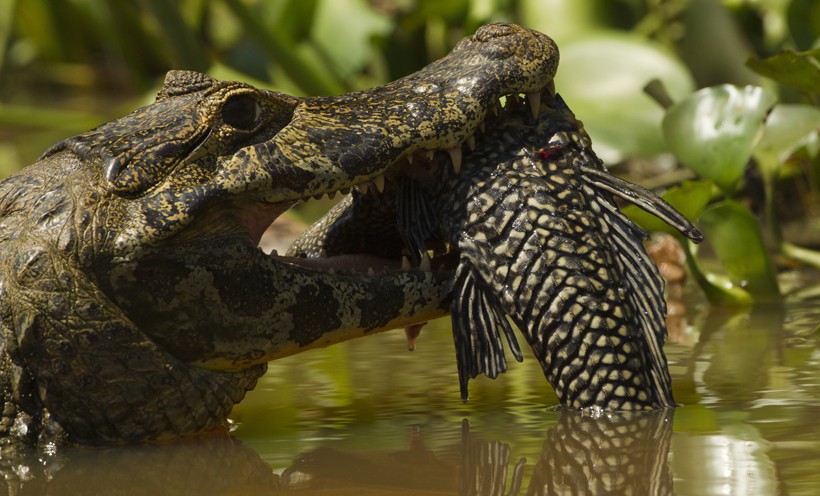
Spectacled Caimans
I’m a Piranha – They live in the Amazon
Channeling my inner Nemo here. Typically found in South America, don’t be fooled by its “innocence”, those sharp teeth and strong jaws aren’t just for show. Just in 2011, over 100 people were viciously bitten, although deadly attacks are rare. Piranhas tend to strike most when hungry, the definition of “hangry.”
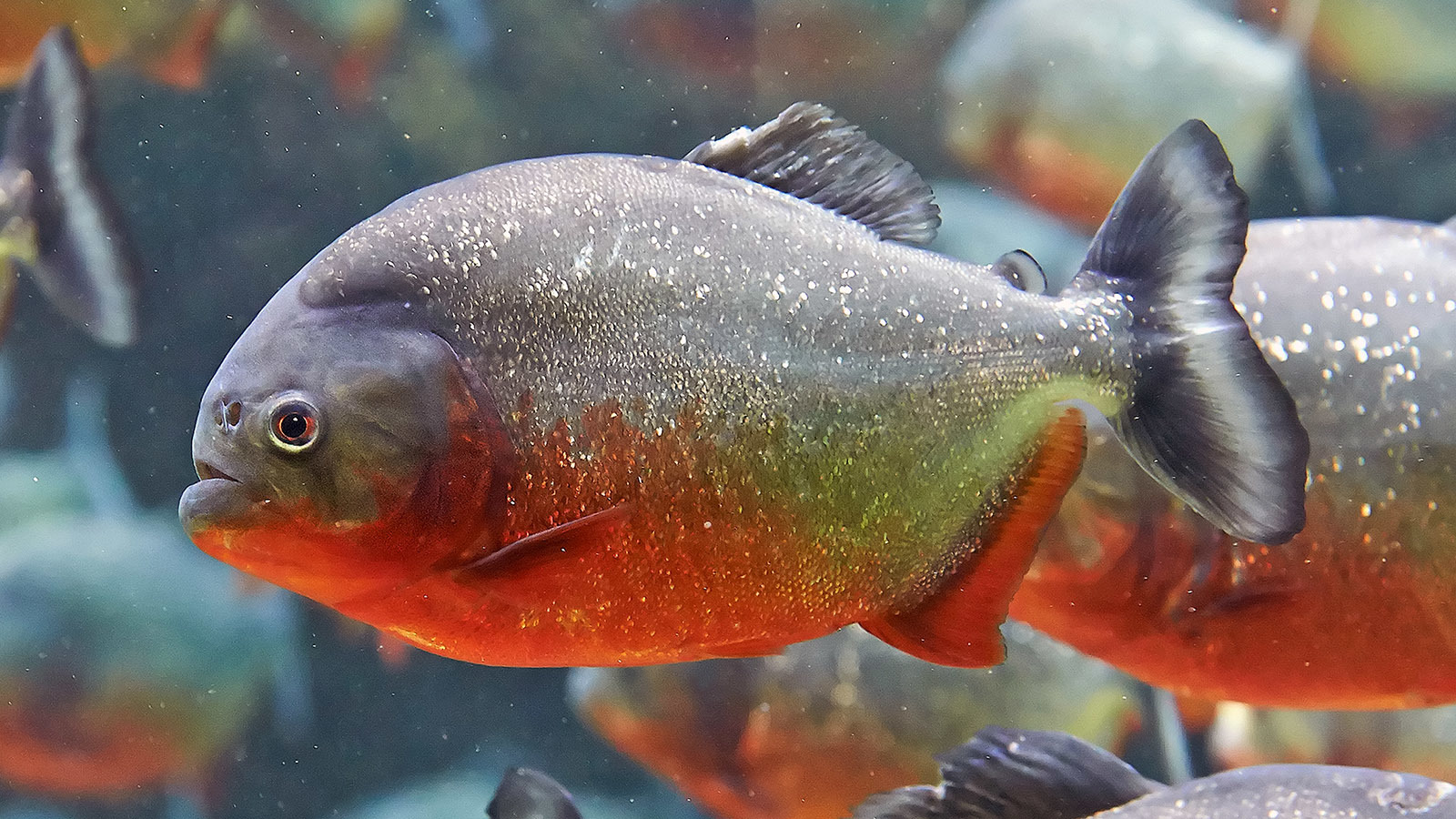
Piranha
Inland Taipan Makes The Cut
Meet the Inland Taipan, whose venom includes neurotoxins, hemotoxins, and mycotoxins. What does that mean? Oh just that it can affect the nervous system, blood and the muscles beyond anything you’ve ever experienced. Swell. See, thing is, it can kill an adult human being…within 45 minutes. Don’t fret, there is an antivenin.
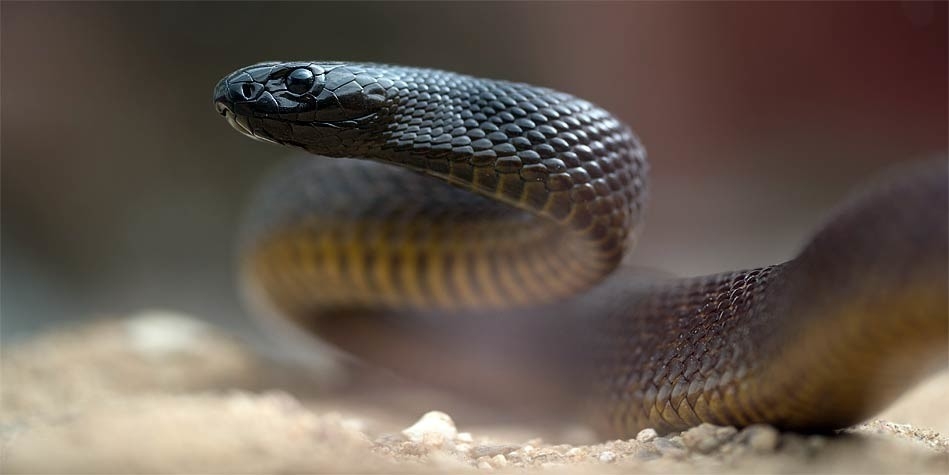
Inland Taipan
Dem Vultures
Usually found in Africa, Asia, and some parts of Europe, not just cartoons. With just two breeds, New World and Old World vultures, their tendency to attack for food is deadly.
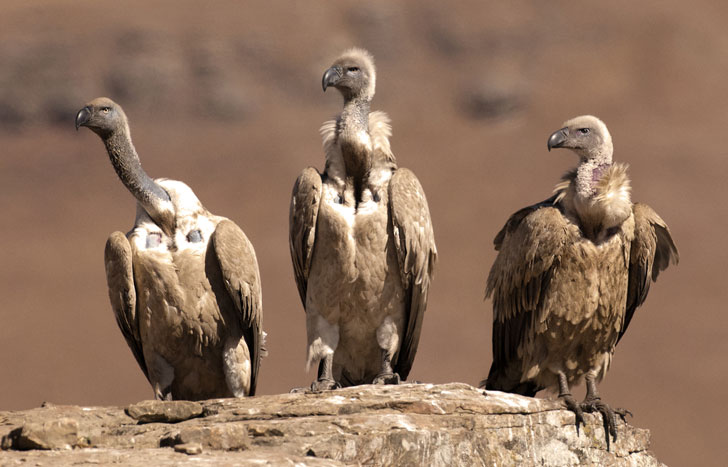
Vultures
Beautiful Clouded Leopards
A wild cat that has especially long, piercing canine teeth. While the smallest of the big cats, they are brilliant climbers with sharp teeth. However clouded leopards are currently on the endangered species list.
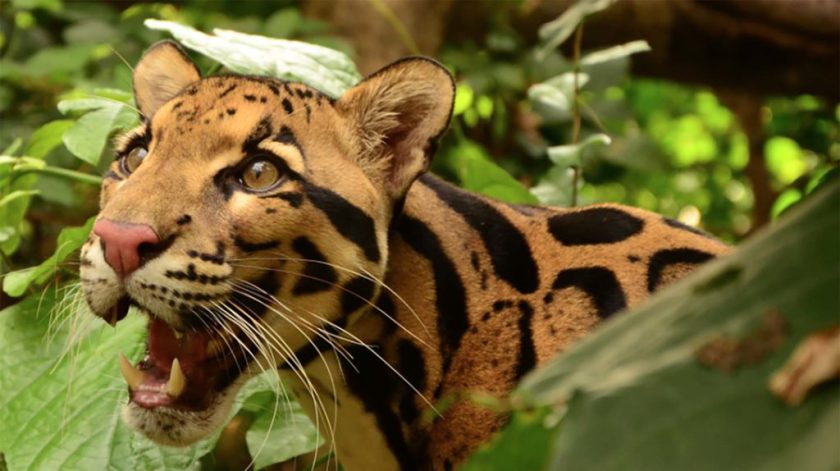
Clouded Leopards
Watch out, Michael Phelps
Water monitors are incredibly quick swimmers, faster than Michael Phelps even, and that’s saying something. Not considered a strong hunter, this giant lizard however has extremely poisonous saliva and it does bite to kill.
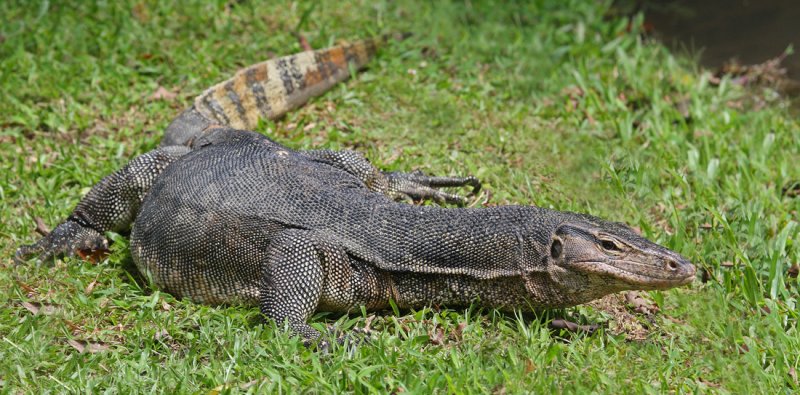
Water Monitors
Down Here
So Siafu ants, or driver ants, are known to attack if they should feel threatened. Not only do they attack in huge swarms but the strength of their bite is exponentially stronger than the Hulk. Once an ant attaches to its prey, it is not an easy task to pull it off.
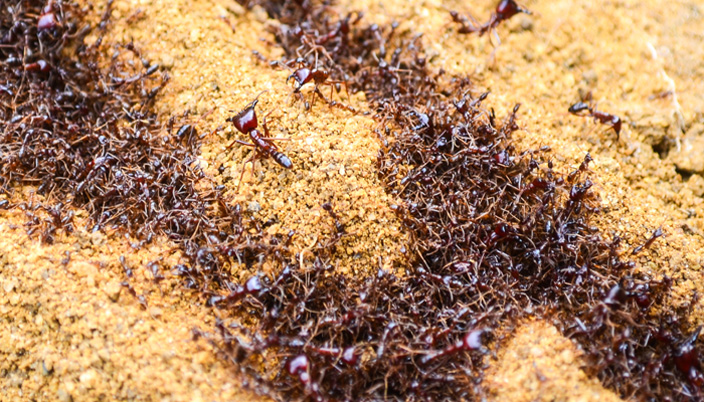
Siafu Ant
Bang – Bang
Next up is the Bullet Shark, otherwise known as Zambezi shark. It gets its name from its rather stocky shape, broad yet flat nose, and its extremely aggressive, unpredictable behavior. Not only can they survive in both salt and fresh water, but they can also travel up rivers. Furthermore they are responsible for a majority of the near-shore shark attacks.
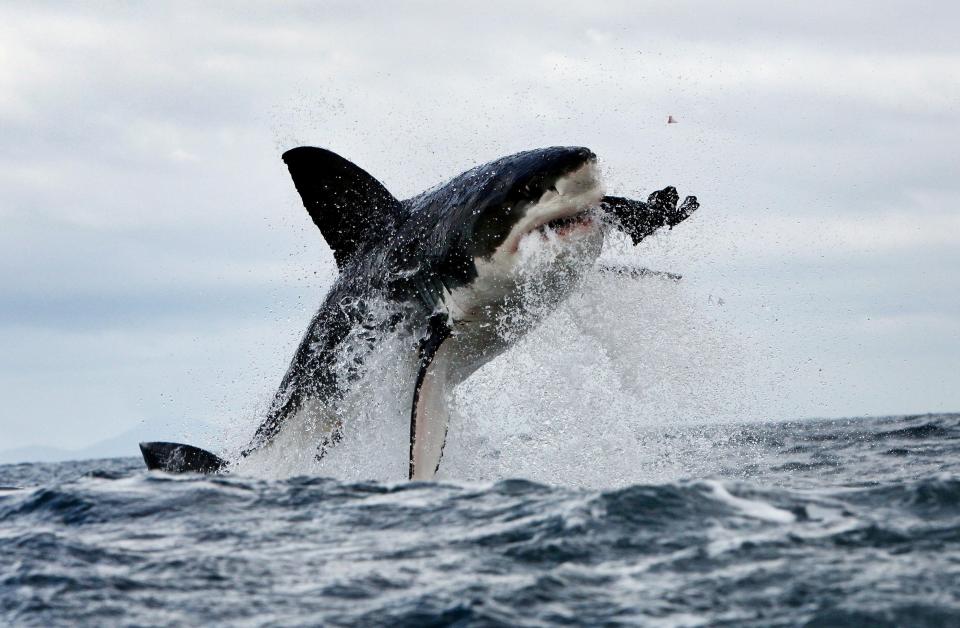
Bull Shark
Your Friendly Neighborhood Spiderman
Call it what you want, Brown recluse, Loxosceles reclusa, or Sicariidae, this is the opposite of Spiderman. Known as just one of two spiders that contains a necrotic venom, which means it kills off cells in the body. If bitten, initially it won’t hurt but it can be serious.

Brown Recluse Spider
They’rrrreeeee *not* Great
Tony the Tiger may be the only tame “tiger” in the world. Southern regions of Australia is where the Tiger Snake dwells. Moreover their venom includes the highly potent neurotoxins, coagulants, haemolysins and myotoxins. We won’t go into detail as to what the horrible symptoms of a bite are, but if left untreated, the mortality rate is between 40 and 60%.
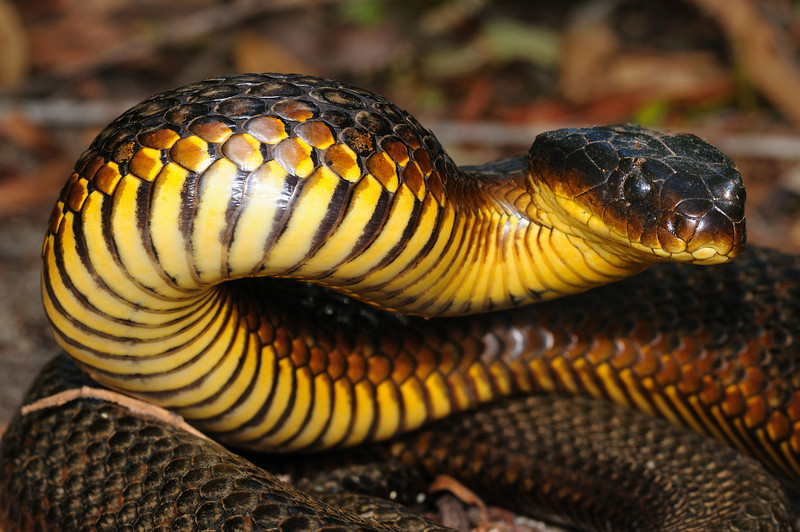
Tiger Snake
Land down under
Native to eastern Australia, the Sydney funnel-web spider can cause serious injury or death if it bites its victims. So like plastic surgery, it’s best to stay away.
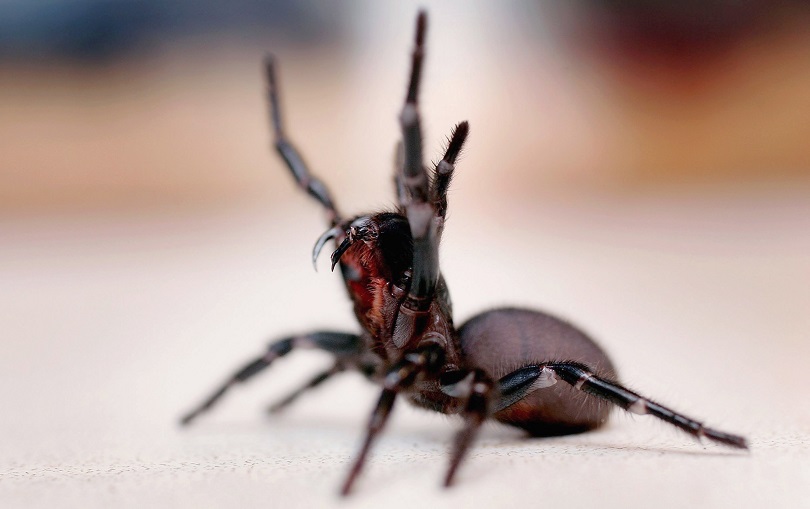
Sydney funnel-web spider
Taste the rainbow
The farancia erytrogramma, or rainbow snake, is a rather large, nonvenomous, highly aquatic, colubrid snake – colubrid snakes are located in every continent apart from Antarctica. Often times, this snake isn’t seen as it is rather mysterious. Although they do love water and are known to burrow into mud and sand.
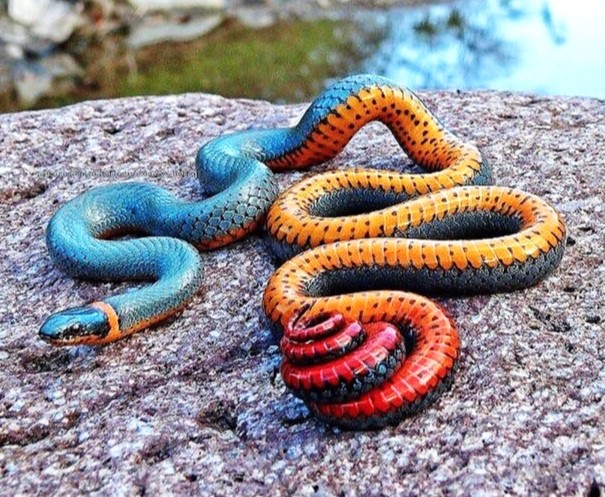
Farancia Erytrogramma
Nile Perch
The Nile Perch was first introduced to Lake Victoria in 1954. It was used as a way to counteract the drop in native fish caused by over-fishing. It was actually counterproductive and caused the extinction of more than 200 fish species! Yikes!
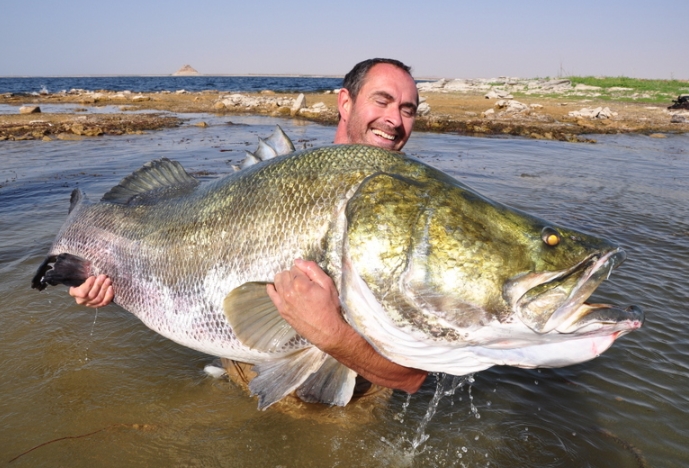
Nile Perch
Water Hyacinth
This one is native to South America and is definitely one of the most deadly aquatic weeds in the entire world! Its flowers are beautiful but don’t be fooled. It is quite dangerous. It is now located in over 50 countries and makes fishing impossible.
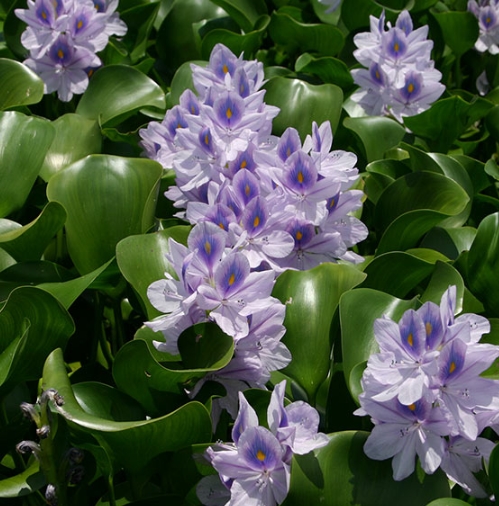
Water Hyacinth
Caulerpa
The Caulerpa was introduced into the Mediterranean in 1984. It can easily adapt and has spread around other areas with tropical seaweed. It’s easy ability to adapt is why it is so dangerous.
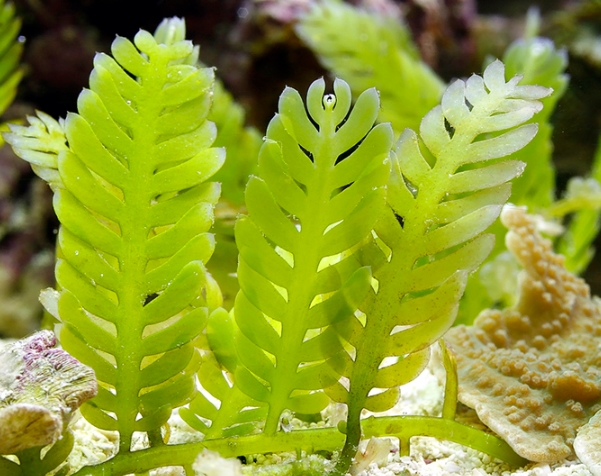
Caulerpa
Crazy Ant
Crazy ants are indeed crazy! They are invading native ecosystems and wreaking havoc! They are causing major environmental damage everywhere from Hawaii to Zanzibar.
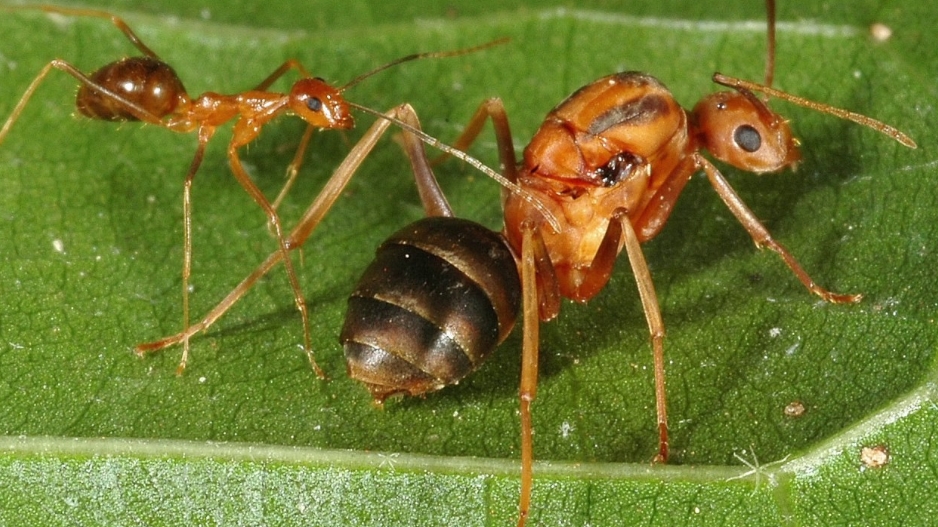
Crazy Ant
Small Indian Mongoose
Don’t be fooled by the size, the Small Indian Mongoose is a straight up predator. They are widespread everywhere from Iran to Fiji. They were actually first introduced to Mauritius, Fiji in the West Indies to control rats. They caused the local extinction of many birds and reptiles.
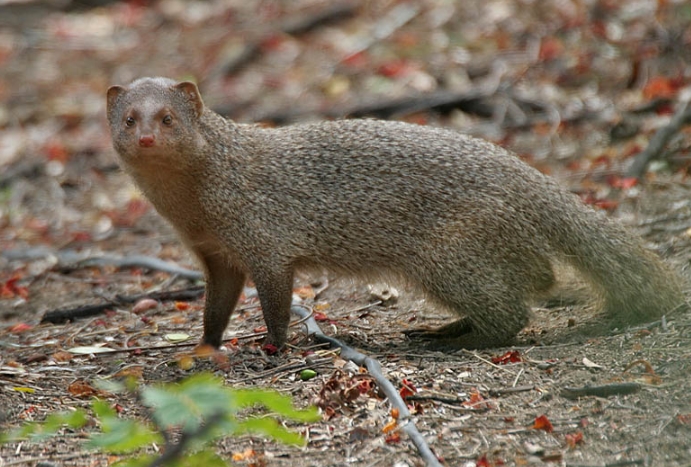
Small Indian Mongoose
Feral Pig
Feral Pigs are all over the world and have an interesting diet. They love to eat land tortoises, sea turtles, and seabirds. They easily transmit a number of diseases including leptospirosis and foot and mouth disease.
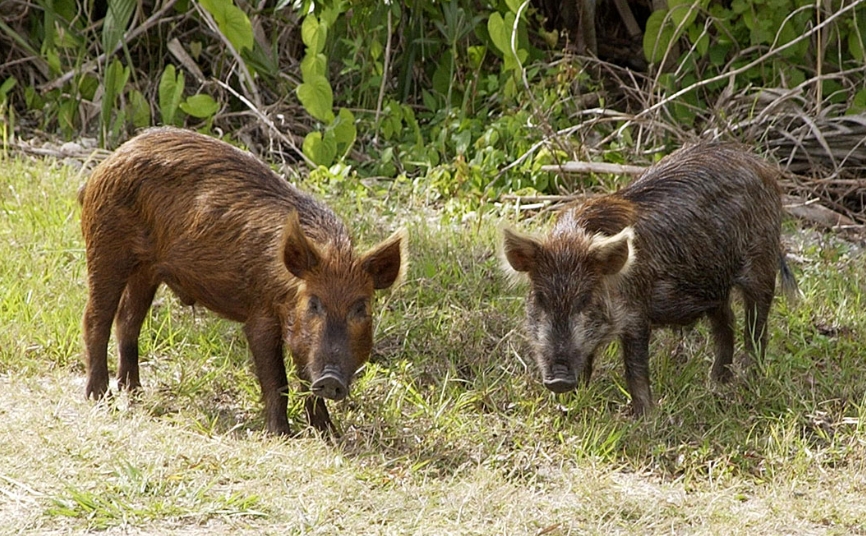
Feral Pig
Dutch Elm
Duth Elm is a super deadly fungus spread by the elm bark beetle. It can kill an entire elm in three weeks by clogging its water-conducting vessels! Yikes! It began to spread in the UK in 1968. It is responsibly for killing more than a third of southern England’s 23 million elms.
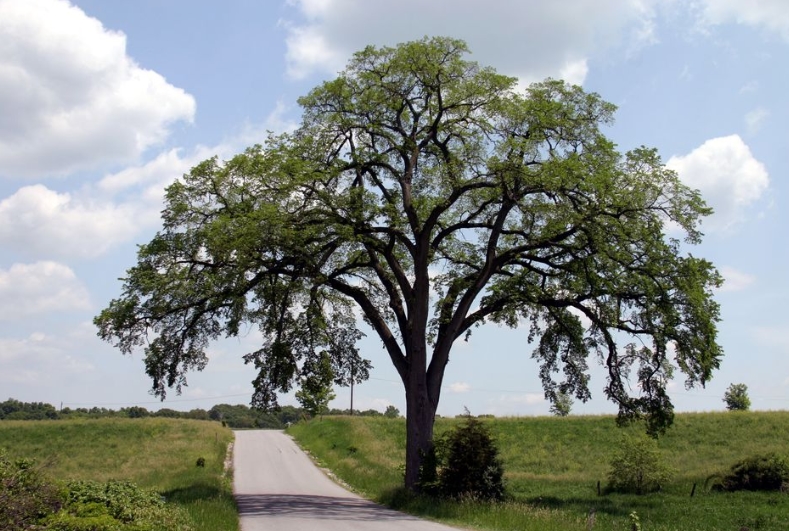
Dutch Elm
Grey Squirrel
The American Grey Squirrel has totally devastated Britain’s native population of red squirrels! It first appeared in England’s countryside sometime around 1876.
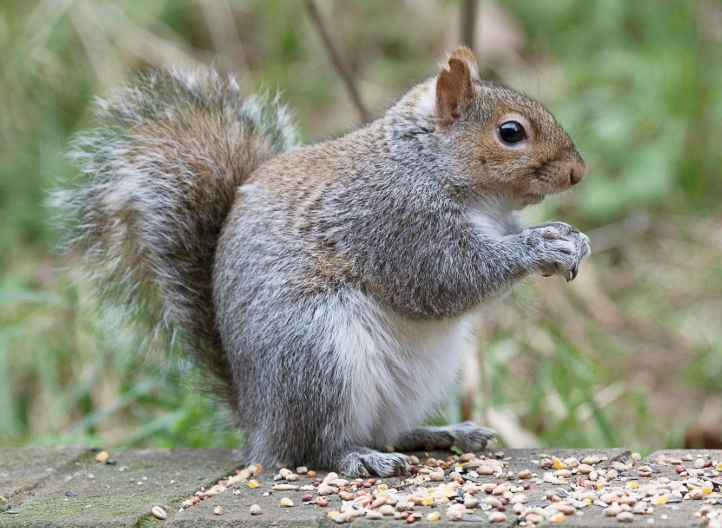
Grey Squirrel
Japanese Knotweed
This one is very interesting! The Japanese Knotweed was first introduced from Asia to Europe in the mid-19th century. It was viewed as a mere ornamental and fodder plant. It actually grows very quickly and prevents native seeds from germinating. Plus, it thrives on being uprooted! It can regrow anywhere after being root out.
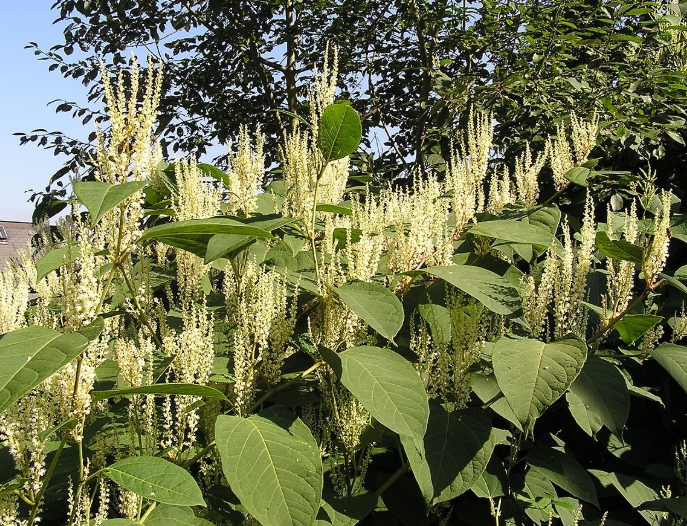
Japanese Knotweed
Giant African Snail
The Giant African Snail was first introduced to the Pacific and Indian oceans as a food source for humans. Turns out it has quite the appetite and attacks all sorts of things including more than 500 kinds of plants.
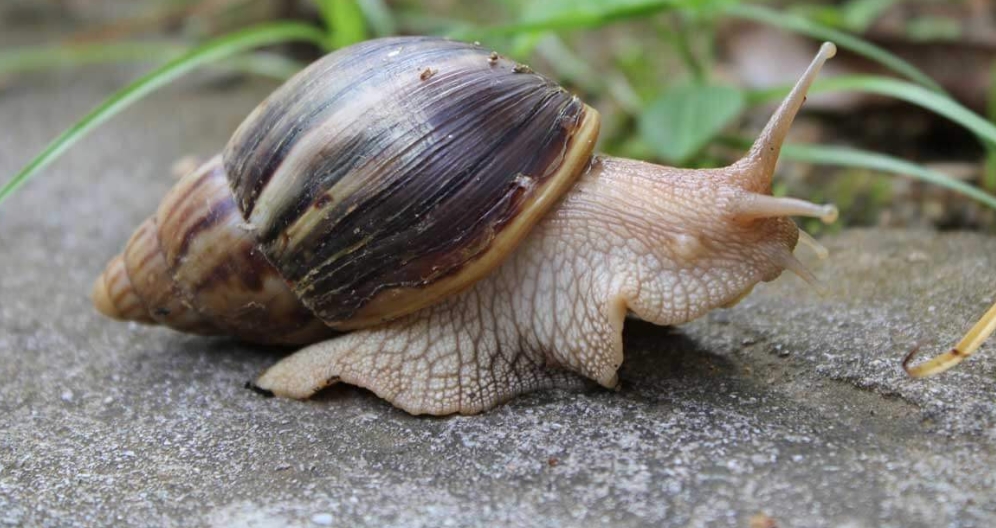
Giant African Snail
Stonefish
When a Stonefish is camouflaged when it is on the ocean floor. It can cause mass destruction! It calmly waits on the ocean floor for other fish to swim by so it can use its jaws at lightning speed to eat it!
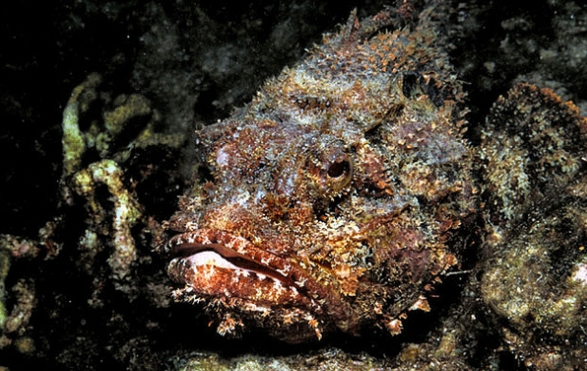
Stonefish
Poison Dart Fog
Just one of these can kill an army of over 20,000 mice! It can also stop the heart of any large animal. What’s worse? The poison is located on the surface of its skin. Don’t touch it!
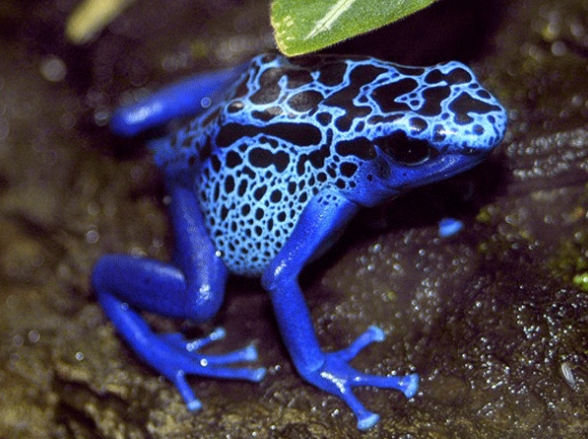
Poisin Dart Frog
Boomslang
The boomslang is pretty shy and usually doesn’t attack humans. It has very dangerous venom and its venom disables blood clotting. Why is that important? Well, it means its victims slowly die as they bleed from all pores in their body.
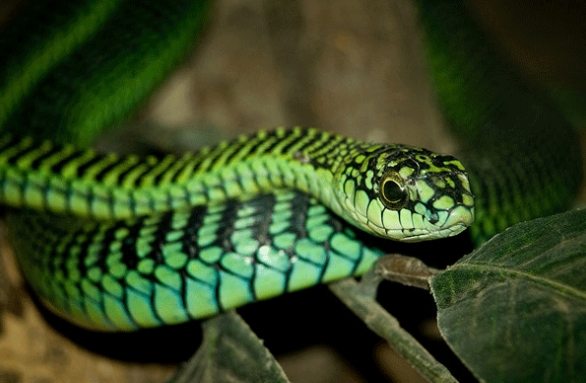
Boomslang
Puffer Fish
This is one of the most poisonous vertebrates in the world! It is also actually a delicacy in Japan. If you are infected with its poison, it will cause your diaphragm to become paralyzed and stop you from being able to breathe.
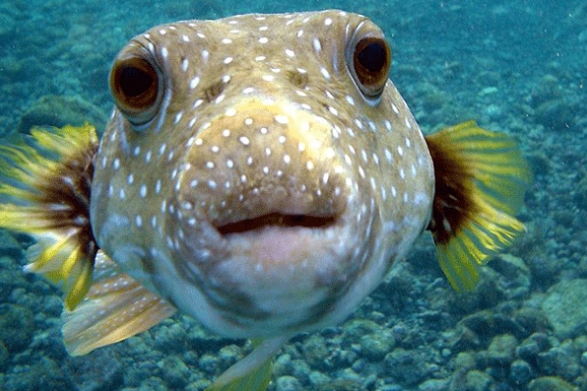
Puffer Fish
Carpet Viper
This one is responsible for a number of snake-related deaths in the world. It uses a hemotoxin similar to that of the boomslang we mentioned earlier. Sadly, most of its bites are in areas of the world where people can’t access modern medicine. Its victims slowly bleed to death over the course of several weeks.
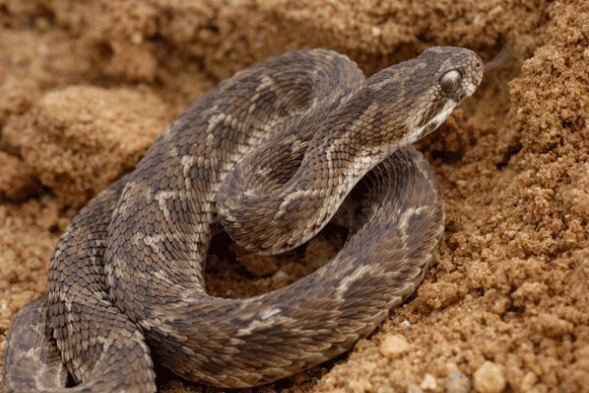
Carpet Viper
Brazilian Wandering Spider
This is the most venomous spider in the world! Why is it so dangerous? Part of it is that it wanders. They are found everywhere, from hiding in everything from cars to houses.
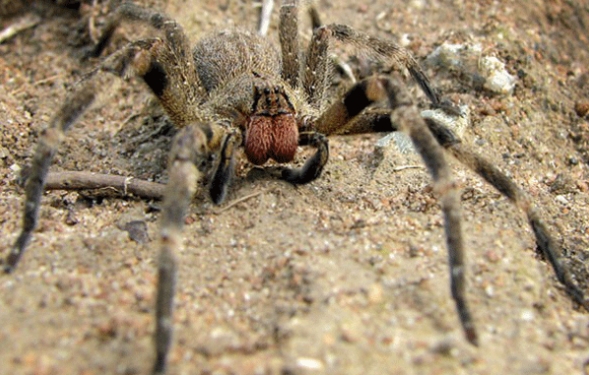
Brazilian Wandering Spider
Blue Ring Octopus
This octopus is about the sick of a golfball. It packs enough poisin to kill 26 people in just a few minutes!
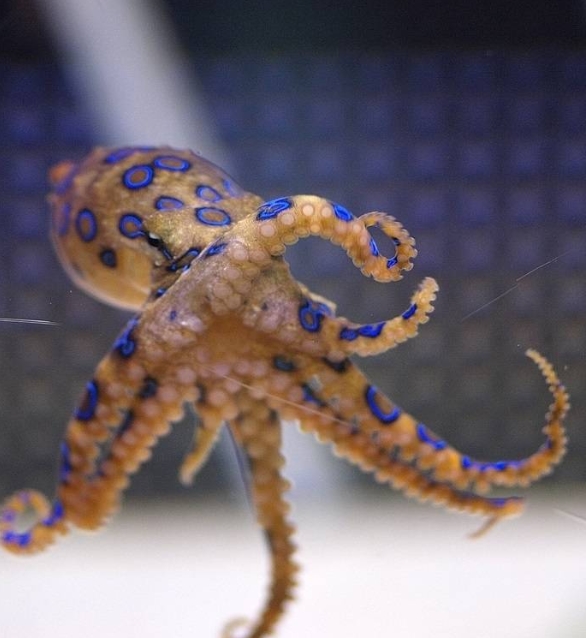
Blue Ring Octopus
Cassowary
This is the deadliest bird on earth. It has talons strong enough to disembowel a person!
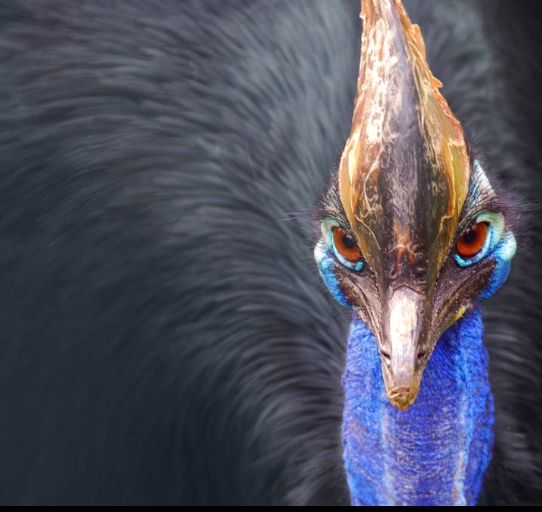
Cassowary
Champawat Tiger
This is the most deadly man-eating animal in history! You can probably tell from the looks of it it is one deadly species.
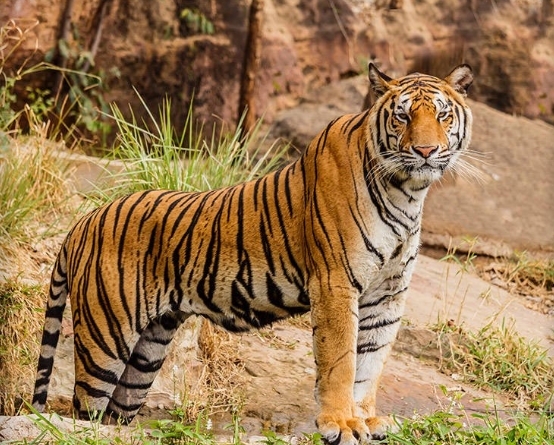
Champawat Tiger
Ascaris Roundworm
This is a parasite that hatches their eggs inside of your intestines. It burrows through your guts, and blood and eventually settles in your lungs. Yikes! They kill about 4,500 people per year.
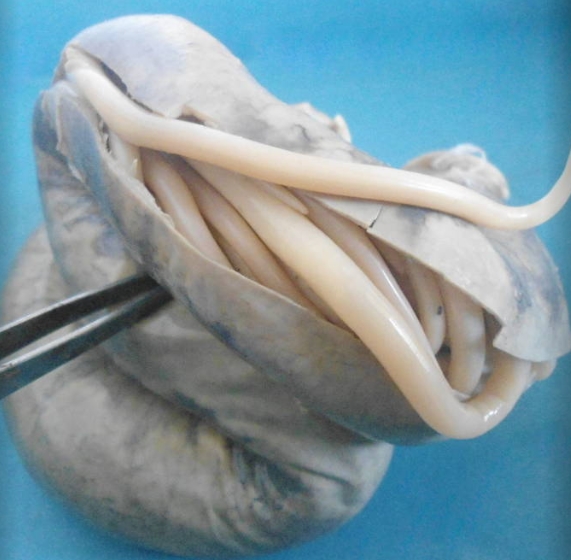
Ascaris Roundworm
Irukandji
This is one deadly species whose movements are very difficult to predict. It sends between 50-100 people to the hospital each other.
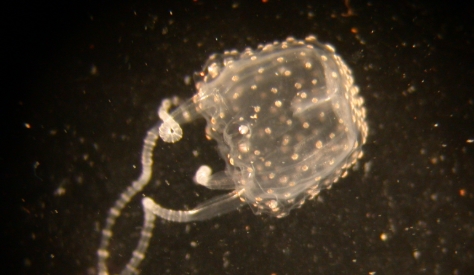
Irukandji
Red-bellied Black Snake
This is a species of snake native to Austrailia. Its venom is totally deadly. A bite from it is fatal. It is commonly located in woodlands, forest, and swamplands.
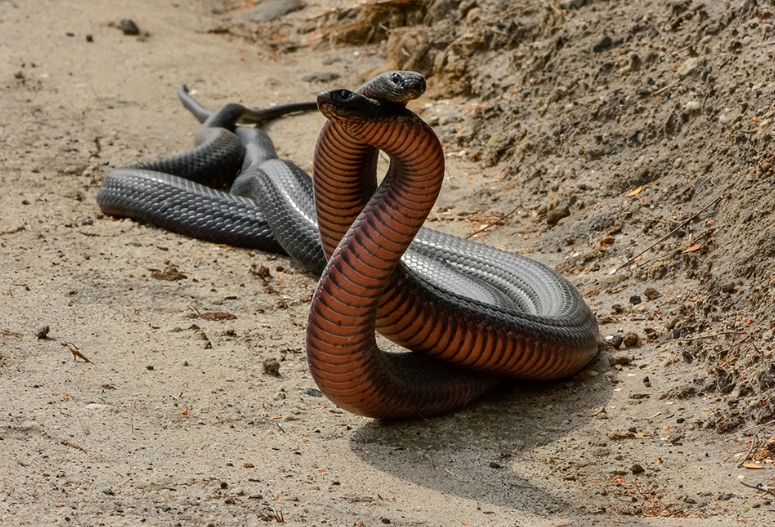
Red Bellied Black Snake
Giant Centipede
Native to Peru, it is one of the largest centipedes in the world! It is found in South America and the Carribean.
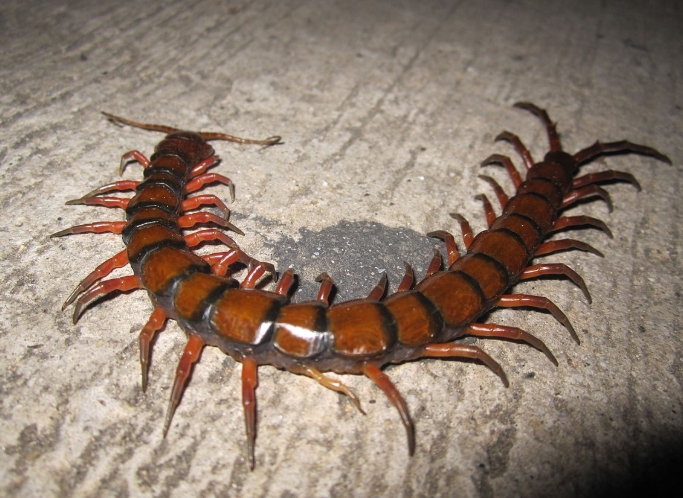
Giant Centipede
Sydney Funnel Web Spider
This spider is native to eastern Austrailia. Its bite can result in death if left untreated.
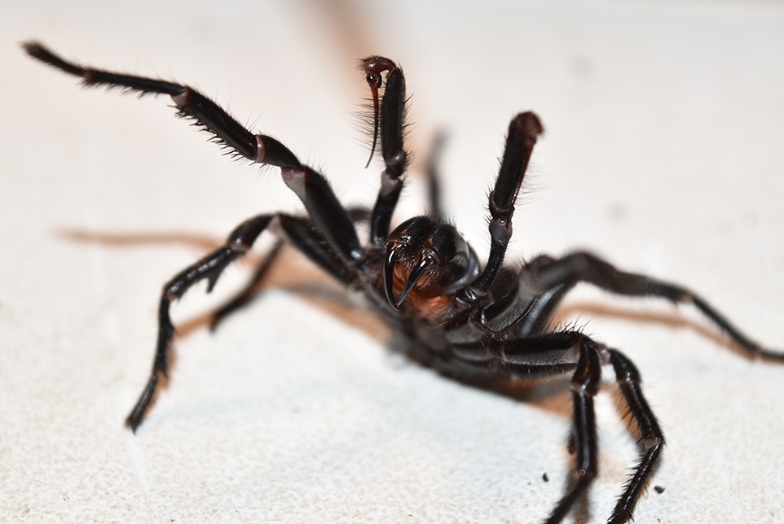
Sydney Funnel Web Spider
Eastern Brown Snake
Commonly called the only brown snake, this is an extremely venomous snake native to Austrailia and New Gunia. It is considered the world’s second-most venomous land snake!
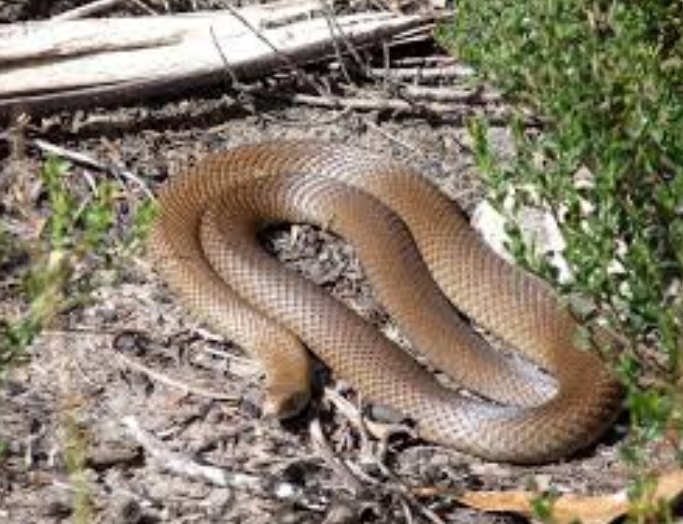
Eastern Brown Snake
Such a Viper
Preferring dry habitats, the Saw-Scaled snake likes to live in Africa and India. Coming out at night to catch prey, this is one snake you don’t want to meet in the dark. The special formula of toxins the Saw-Scaled viper delivers in a bite is so poisonous, it can cause blood disorders and hemorrhaging in the brain. The viper kills more people every year than any other snake.
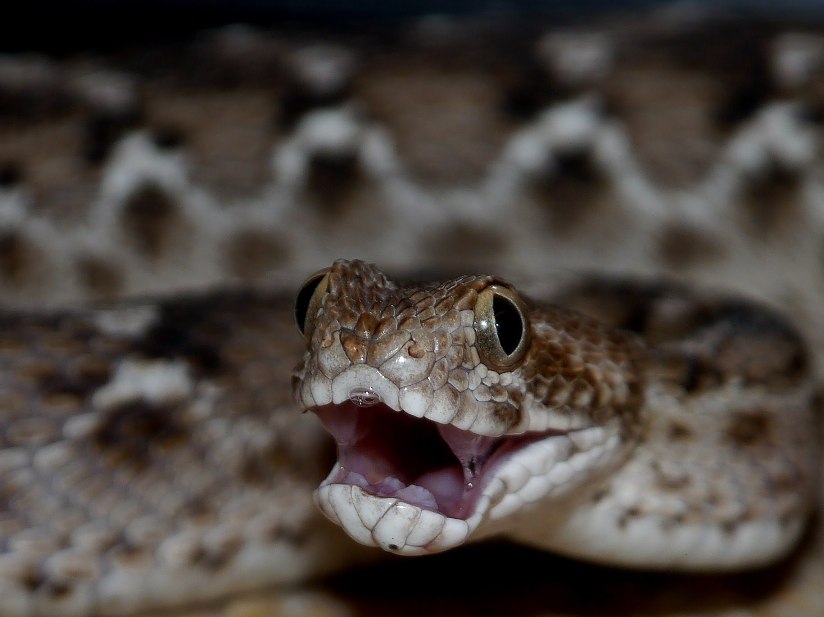
Saw Scaled Viper



